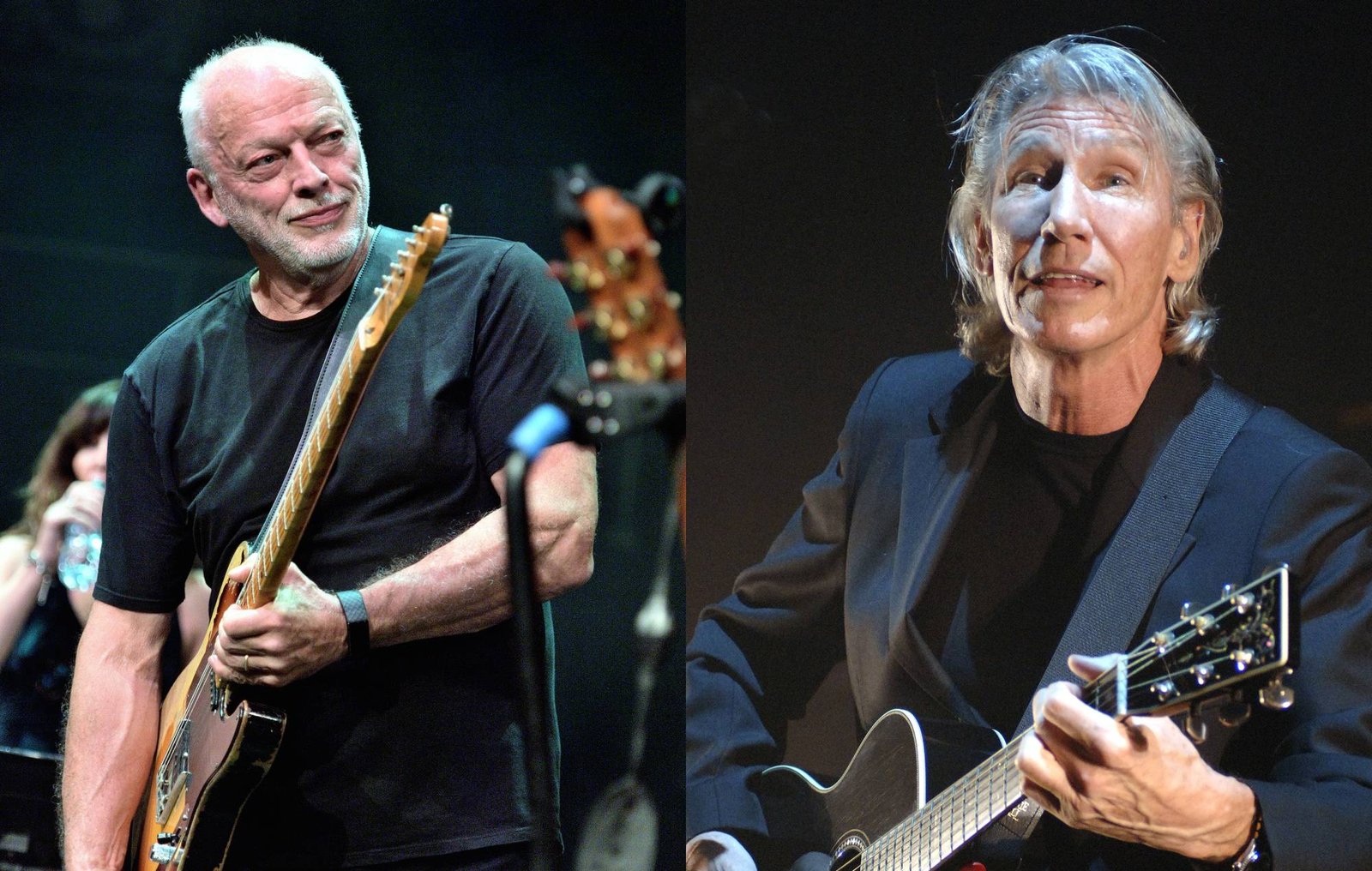Pink Floyd’s split isn’t a single moment — it’s a decades-long slow collapse made of creative clashes, personal resentments and a high-stakes legal fight. Below I’ve pulled together the clearest narrative: how the rift began, how it turned legal, the brief reunions after the dust settled, and the reasons the two men have never really got back together.
Roger Waters grew into the band’s dominant lyricist and conceptual force in the 1970s; by the early-1980s his control over the music and direction had become intolerable to his bandmates. Waters left, sued to dissolve Pink Floyd, and after a messy legal settlement Gilmour (with Nick Mason) carried the name forward — a split that left scars and sporadic public sniping ever since.
How it started: shared beginnings, diverging roles
Pink Floyd formed in the mid-1960s; early creative direction came from Syd Barrett, but after Barrett’s exit David Gilmour joined (1968) and the group evolved. Through the 1970s Roger Waters increasingly became the band’s principal lyricist/conceptualist (the driving force on The Wall, The Final Cut, etc.), while Gilmour’s role was as guitarist, co-singer and melodic shaper. That division — Waters as architect of themes and Gilmour as master of tone and melody — worked brilliantly but also planted the seeds of friction: Waters pushed ever more control over songwriting and concepts; others grew resentful.
The creative breaking point: The Final Cut and The Wall era
By the time of The Wall (1979) and The Final Cut (1983), Waters’ voice dominated the band’s output and its politics. The Final Cut reads like a Roger Waters solo record in band clothing — and Waters later argued Pink Floyd was “a spent force creatively.” That view landed him squarely at odds with Gilmour and Mason, who still believed the band had life left in it.
Waters leaves — then the courtroom battle (1985–87)
In the mid-1980s Waters effectively declared he was done with Pink Floyd and asserted that, without him, the band should not continue under that name. He served formal legal papers in 1986 seeking to dissolve the group and stop Gilmour and Mason using the Pink Floyd name. Gilmour and Mason fought back — they wanted to continue — and the dispute ended in a negotiated settlement in 1987 that allowed Gilmour and Mason to carry on recording and touring as Pink Floyd. The court fight and settlement were the point of no return for personal relations.
“A Momentary Lapse…” and the post-Waters Pink Floyd
Gilmour took the reins and released A Momentary Lapse of Reason (1987), then toured under the Pink Floyd banner. Many fans and critics argued that the album and tour were essentially Gilmour’s project, and the continued use of the Pink Floyd name further embittered Waters (who’d argued the band couldn’t legitimately be Pink Floyd without him). The settlement resolved the legal question but did nothing to repair personal trust.
A single public reconciliation: Live 8 (2005)
After years of public animosity, Gilmour, Waters, Mason and Richard Wright appeared together at Live 8 in Hyde Park in July 2005 — the only full Pink Floyd lineup (post-Barrett era) to play together after the split. It was widely reported as an emotional, one-off reconciliation, but the peace didn’t last beyond that charity night.
Legal and financial aftermath — who “won”?
Settlements allowed Gilmour and Mason to keep using Pink Floyd as a performing/recording entity. Waters received some concessions (financial and legal), but the result was that the band name and touring continued without him. Waters later expressed regret about some aspects of the legal battle; Gilmour has said he has “no regrets” about continuing. The pragmatic outcome: the name lived on, the creative partnership didn’t.
The present (as of the latest reporting)
There have been intermittent overtures, quiet outreach attempts and mutual statements over the years — but no real rapprochement. Richard Wright’s death in 2008 removed one important connective tissue; Mason has expressed openness to reunions, but both Gilmour and Waters have publicly signaled that a full, lasting reunion is extremely unlikely. Recent interviews and reporting (including 2023–2024 coverage) show both men active in their own projects and still publicly at odds on certain issues.
Timeline (concise)
- 1965–68: Pink Floyd forms; Syd Barrett departs; Gilmour joins.
- 1970s: Waters becomes principal lyricist; albums like Dark Side of the Moon, Wish You Were Here, Animals, The Wall.
- 1979–83: The Wall and The Final Cut — Waters’ influence peaks; internal tensions rise.
- 1985: Waters leaves the band (effectively).
- 1986–87: Waters sues to dissolve Pink Floyd; settlement allows Gilmour/Mason to continue as Pink Floyd.
- 1987 onward: Gilmour leads Pink Floyd (A Momentary Lapse…, tours).
- 2005: Live 8 reunion — Gilmour, Waters, Mason, Wright appear together (one night).
- 2008–now: Wright dies (2008); intermittent public disputes and solo careers continue; no lasting reconciliation.
To fans, the split is painful because Pink Floyd created music that was both highly collaborative and deeply personal. Waters’ conceptual vision and Gilmour’s sonic poetry fed each other in the band’s golden era; when the partnership broke, the music world lost more than a working band — it lost a creative chemistry that produced some of rock’s most important records.

